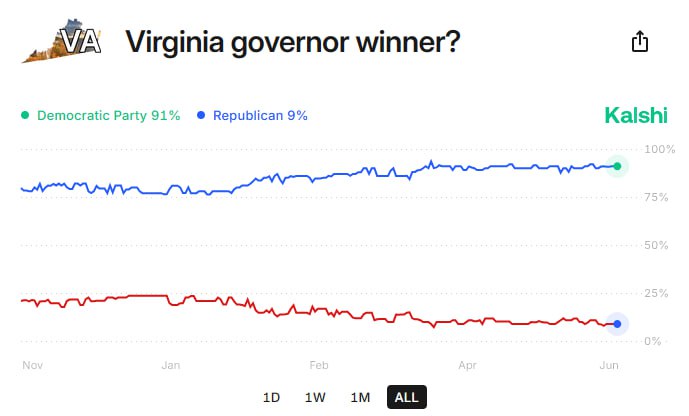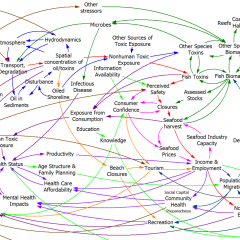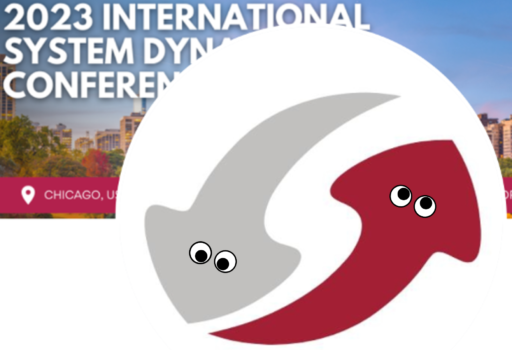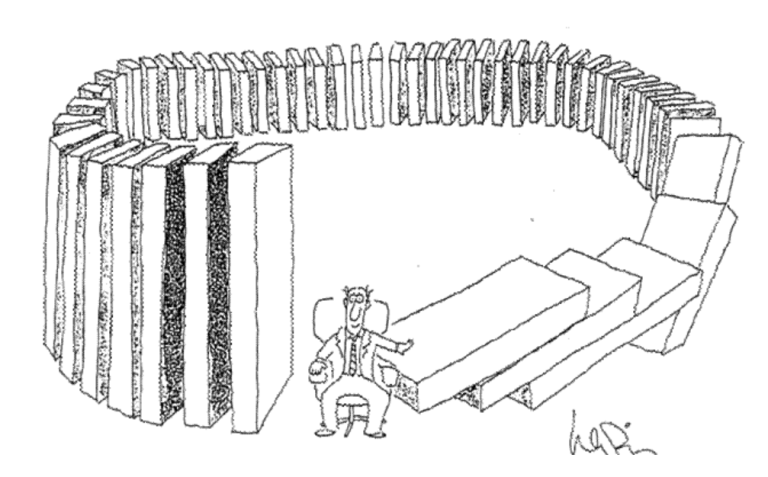
Category: Aside
Just Say No to Complex Equations
Found in an old version of a project model:
IF THEN ELSE( First Time Work Flow[i,Proj,stage
] * TIME STEP >= ( Perceived First Time Scope UEC Work
[i,Proj,uec] + Unstarted Work[i,Proj,stage] )
:OR: Task Is Active[i,Proj,Workstage] = 0
:OR: avg density of OOS work[i,Proj,stage] > OOS density threshold,
Completed work still out of sequence[i,Proj,stage] / TIME STEP
+ new work out of sequence[i,Proj,stage] ,
MIN( Completed work still out of sequence[i,Proj,stage] / Minimum Time to Retrofit Prerequisites into OOS Work
+ new work out of sequence[i,Proj,stage],
new work in sequence[i,Proj,stage]
* ZIDZ( avg density of OOS work[i,Proj,stage],
1 – avg density of OOS work[i,Proj,stage] ) ) )
An equation like this needs to be broken into at least 3 or 4 human-readable chunks. In reviewing papers for the SD conference, I see similar constructions more often than I’d like.
Planaria for nonlinear dynamic behavioral simulation, unite!
Check Your Units, 2023 Edition
A Corgi-sized meteor as heavy as 4 baby elephants hit Texas, eh? Is energy equivalent the same as weight? Are animal meteors meatier? So many questions …
Spreadsheets Strike Again
In this BBC podcast, stand-up mathematician Matt Parker explains the latest big spreadsheet screwup: overstating European productivity growth.
There are a bunch of killers in spreadsheets, but in this case the culprit was lack of a time axis concept, making it easy to misalign times for the GDP and labor variables. The interesting thing is that a spreadsheet’s strong suite – visibility of the numbers – didn’t help. Someone should have seen 22% productivity growth and thought, “that’s bonkers” – but perhaps expectations of a COVID19 rebound short-circuited the mental reality check.
There are no decision makers…
A little gem from Jay Forrester:
One hears repeatedly the question of how we in system dynamics might reach “decision makers.” With respect to the important questions, there are no decision makers. Those at the top of a hierarchy only appear to have influence. They can act on small questions and small deviations from current practice, but they are subservient to the constituencies that support them. This is true in both government and in corporations. The big issues cannot be dealt with in the realm of small decisions. If you want to nudge a small change in government, you can apply systems thinking logic, or draw a few causal loop diagrams, or hire a lobbyist, or bribe the right people. However, solutions to the most important sources of social discontent require reversing cherished policies that are causing the trouble. There are no decision makers with the power and courage to reverse ingrained policies that would be directly contrary to public expectations. Before one can hope to influence government, one must build the public constituency to support policy reversals.
Finding SD conference papers
How to search the System Dynamics conference proceedings, and other places to find SD papers.
There’s been a lot of turbulence in the SD society web organization, which is greatly improved. One side effect is that conference proceedings have moved. The conference proceedings page now points to a dedicated subdomain.
If you want to do a directed search of the proceedings for papers on a particular topic, the google search syntax is now:
site:proceedings.systemdynamics.org topic
where ‘topic’ should be replaced by your terms of interest, as in
site:proceedings.systemdynamics.org stock flow
(This post was originally published in Oct. 2012; obsolete approaches have been removed for simplicity.)
Other places to look for papers include the System Dynamics Review and Google Scholar.
Cause and Effect
Stabilizing an Unstable Equilibrium
On Problem Statements
Saras Chung’s plenary commentary at ISDC 2020 reminded me of this nice article:
The Most Underrated Skill in Management
There are few management skills more powerful than the discipline of clearly articulating the problem you seek to solve before jumping into action.
BY NELSON P. REPENNING, DON KIEFFER, AND TODD ASTOR
A good problem statement has five basic elements:
• It references something the organization cares about and connects that element to a clear and specific goal;
• it contains a clear articulation of the gap between the current state and the goal;
• the key variables — the target, the current state, and the gap — are quantifiable;
• it is as neutral as possible concerning possible diagnoses or solutions; and
• it is sufficiently small in scope that you can tackle it quickly.



